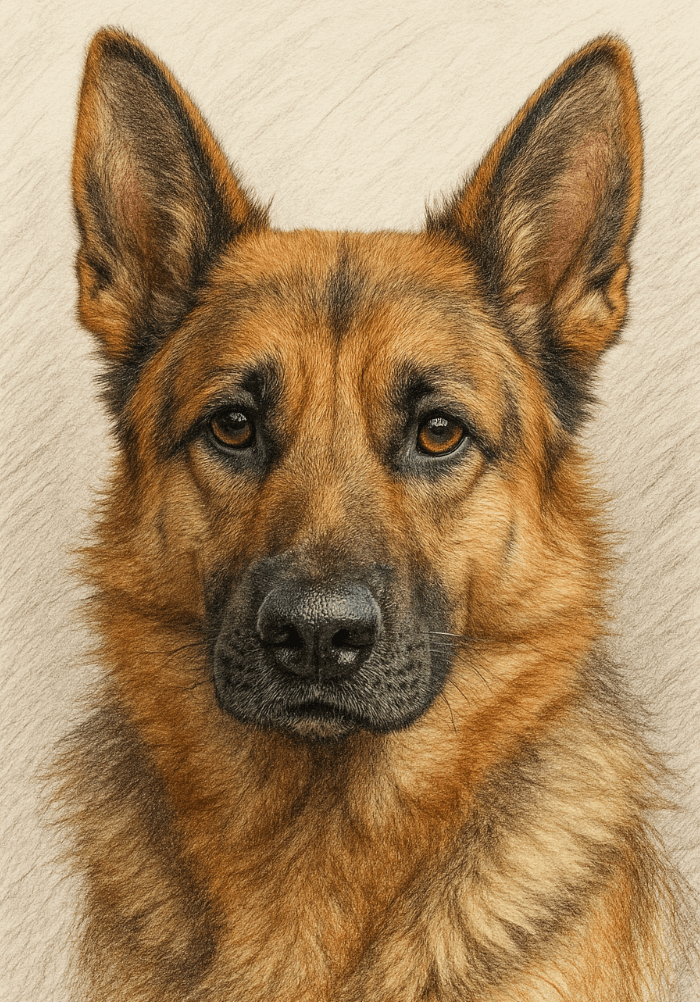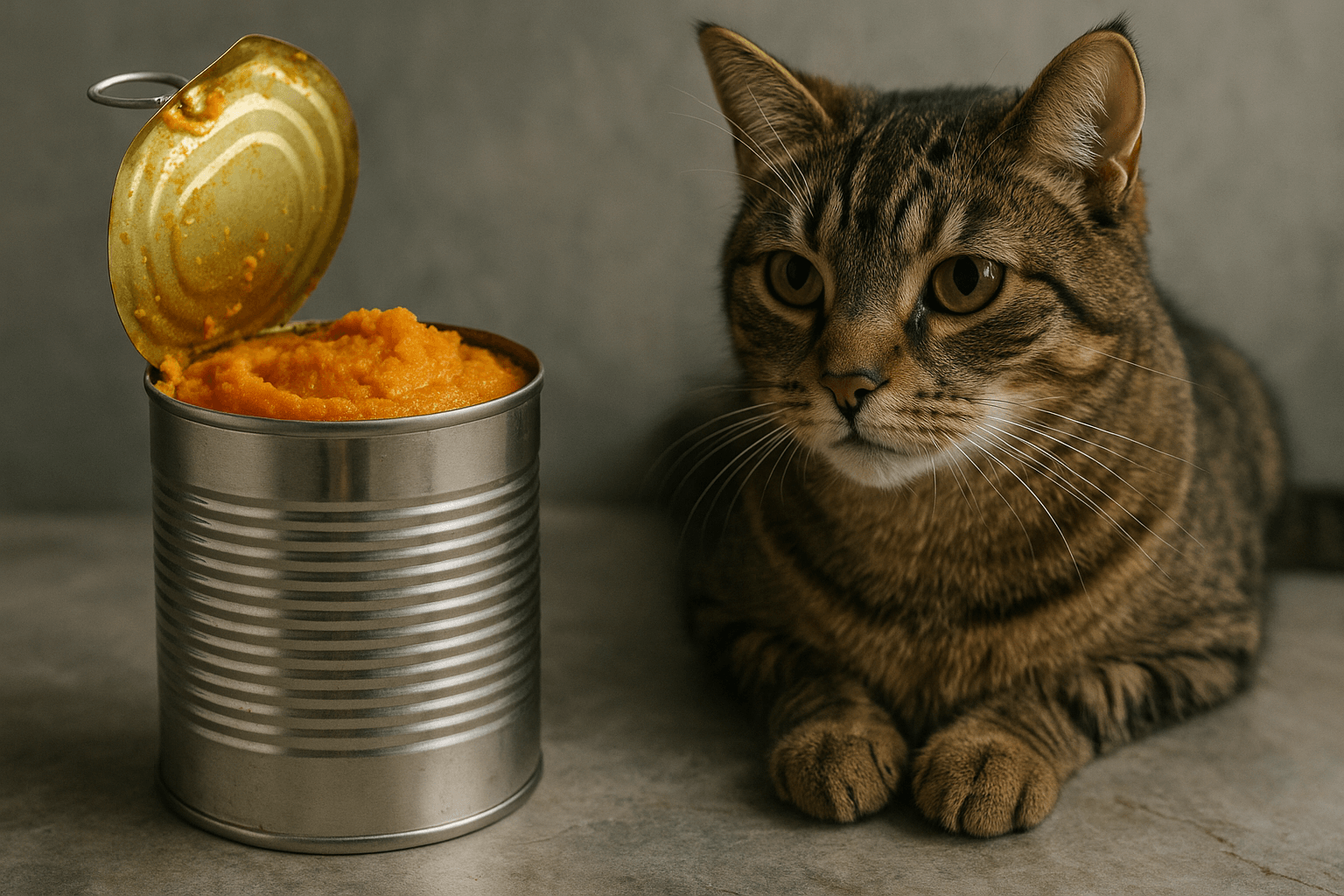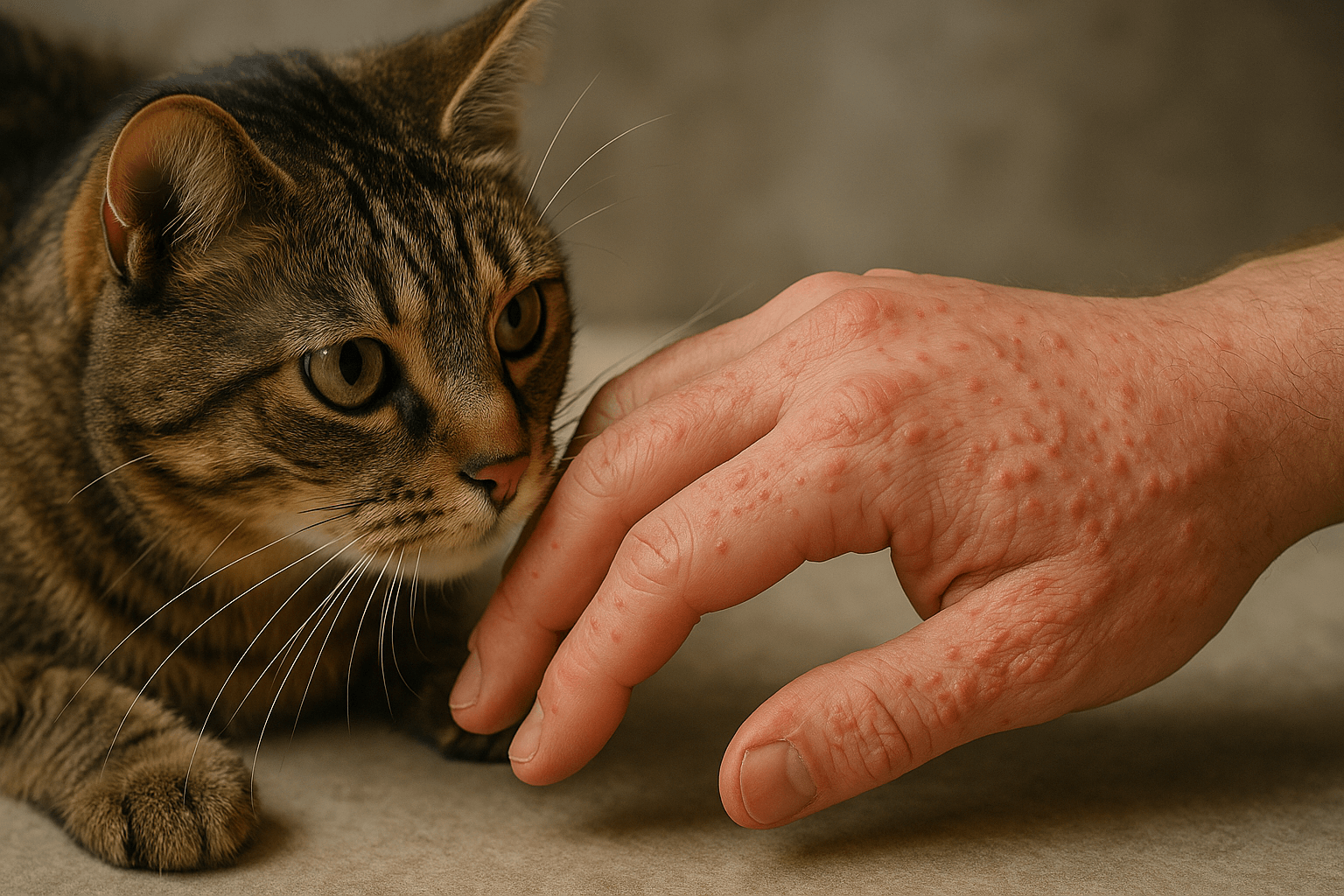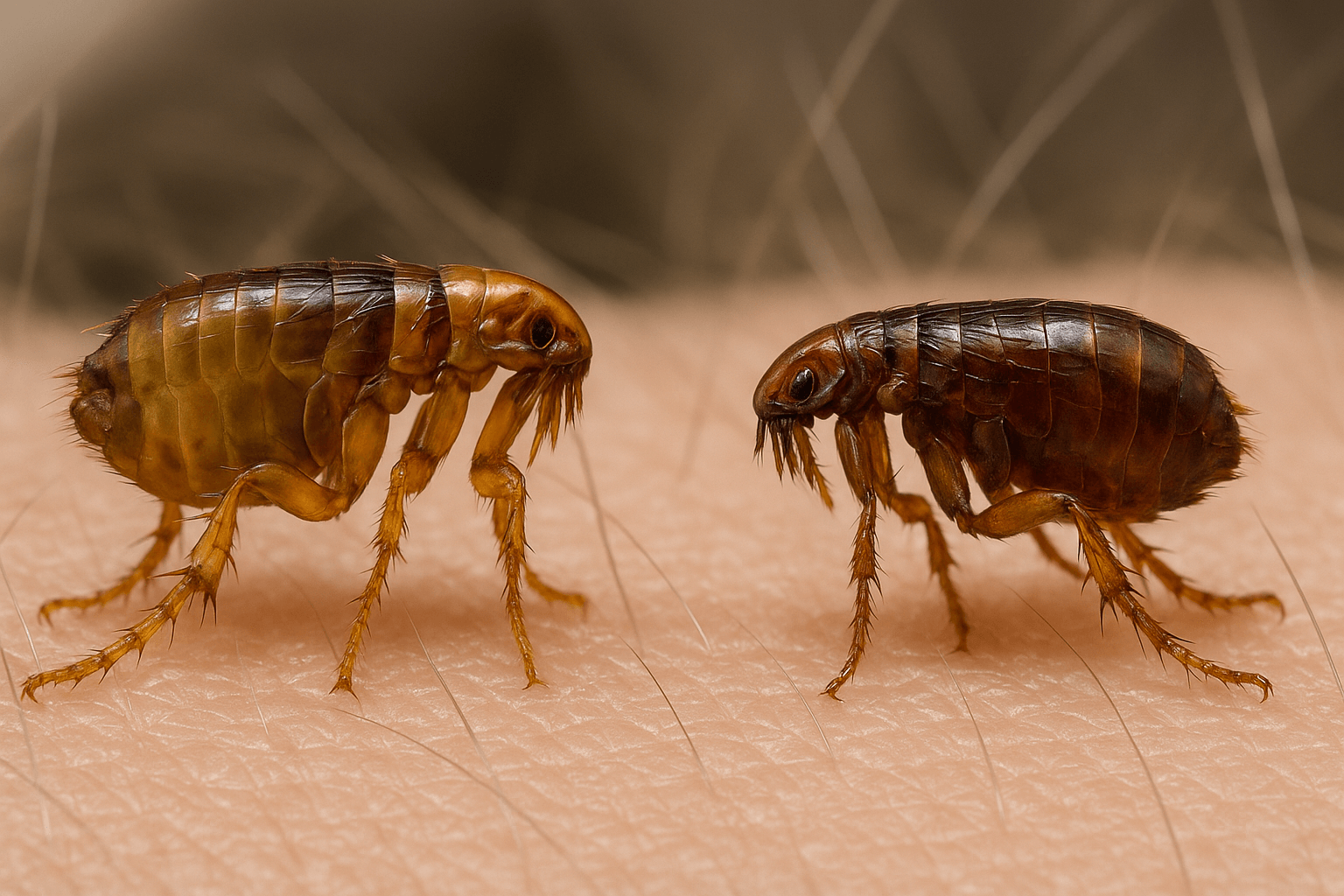Can Dogs Eat Raw Pork?
When it comes to feeding our furry friends, many pet owners wonder whether raw pork is a safe option for their dogs. While some advocate for raw diets as part of a natural, species-appropriate approach, others warn of potential risks associated with feeding raw meat. Raw pork, in particular, raises questions due to its unique properties and potential health concerns. Understanding the pros and cons of feeding raw pork to your dog is essential to make an informed decision that prioritizes their well-being. In this blog post, we’ll explore everything you need to know about raw pork, including its benefits, risks, and safer alternatives.
Potential Risks of Feeding Raw Pork to Dogs
Feeding raw pork to your dog may seem like a natural choice, but it comes with several risks that every pet owner should be aware of. These hazards can range from minor discomfort to life-threatening illnesses.
Parasites Like Trichinella Spiralis:
Raw pork can harbor parasites such as Trichinella spiralis, which can cause trichinosis—a serious condition affecting muscles and organs.Bacterial Contamination:
Raw pork may contain harmful bacteria like Salmonella or E. coli, posing risks not only to your dog but also to humans handling the meat.Choking Hazards:
Large chunks of raw pork can become lodged in your dog’s throat, leading to choking or difficulty swallowing.Digestive Upset:
Some dogs may experience vomiting, diarrhea, or gastrointestinal distress after consuming raw pork.Nutritional Imbalance:
Feeding raw pork without proper supplementation can lead to an unbalanced diet, lacking essential nutrients like calcium or taurine.
These risks highlight why caution is essential when considering raw pork as part of your dog’s diet. Always prioritize their safety over convenience.
Benefits of Raw Pork (When Handled Safely)
Despite the risks, raw pork can offer certain benefits for dogs when prepared and supervised correctly. These advantages are rooted in their natural dietary needs as carnivores.
High Protein Content:
Pork is rich in protein, which supports muscle development, energy levels, and overall vitality.Essential Nutrients:
Raw pork contains vitamins like B6 and B12, along with minerals such as zinc and selenium, which contribute to immune health and metabolism.Low Carbohydrate Content:
Unlike processed dog foods, raw pork is free from unnecessary fillers and carbs, making it a closer match to a dog’s ancestral diet.Improved Coat and Skin Health:
The natural fats in pork can promote a shiny coat and healthy skin, reducing dryness and irritation.Mental Stimulation:
Chewing on raw meaty bones (if safe) provides mental enrichment and satisfies a dog’s instinctual need to gnaw.
While these benefits exist, they must be weighed against the potential dangers to determine if raw pork is truly suitable for your dog.
Check this guide 👉Can Dogs Eat Arugula? Best 7 Expert Tips!
Check this guide 👉Can Dogs Eat Sugar Snap Peas? Best 7 Expert Tips!
Check this guide 👉Can Dogs Eat Oysters? Best 7 Expert Tips!

Safe Alternatives to Raw Pork | Risks of Unsafe Pork Choices |
|---|---|
Cooked, boneless pork (in moderation) | Raw pork with visible fat or gristle |
Lean meats like chicken or turkey | Pork containing seasoning or spices |
Commercially prepared raw diets | Pork sourced from unreliable suppliers |
Freeze-dried raw dog food | Undercooked or improperly stored pork |
Bone broth (unsalted and strained) | Pork with bones that could splinter |
How to Safely Introduce Raw Pork to Your Dog
If you decide to give your dog raw pork, it’s essential to take precautions to minimize risks. Follow these guidelines to ensure a safe experience.
Source High-Quality Meat:
Purchase raw pork from reputable suppliers who follow strict hygiene and safety standards.Freeze Before Feeding:
Freezing raw pork at -4°F (-20°C) for at least three weeks can kill most parasites, reducing the risk of infection.Avoid Seasonings and Additives:
Never feed your dog pork that contains salt, spices, or marinades, as these can be toxic or harmful.Supervise Closely:
Monitor your dog during and after feeding to watch for signs of choking, digestive upset, or allergic reactions.Consult Your Veterinarian:
Before introducing raw pork, seek advice from your vet to ensure it aligns with your dog’s specific dietary needs.
By following these steps, you can mitigate risks while allowing your dog to enjoy the occasional raw pork safely.
Signs Your Dog May Be Struggling with Raw Pork Consumption
Even with precautions, complications can arise if your dog consumes raw pork improperly. Watch for these warning signs to act quickly if something goes wrong.
Vomiting or Diarrhea:
These symptoms may indicate that your dog has ingested contaminated pork or developed a digestive issue.Lethargy or Weakness:
A sudden lack of energy or reluctance to move could signal an underlying infection or nutritional imbalance.Muscle Pain or Stiffness:
Symptoms like limping or difficulty moving may suggest trichinosis or other muscle-related conditions.Loss of Appetite:
If your dog refuses to eat or shows disinterest in food, it may be a sign of illness or discomfort.Fever or Swollen Lymph Nodes:
Elevated body temperature and swollen glands can indicate a bacterial or parasitic infection.
Recognizing these signs early allows you to seek veterinary care promptly, preventing further complications.
Common Mistakes to Avoid When Feeding Raw Pork
Feeding raw pork to your dog requires careful consideration to avoid mistakes that could endanger their health. Here are some pitfalls to watch out for.
Skipping the Freezing Process:
Failing to freeze raw pork increases the risk of parasites like Trichinella spiralis. Always freeze before serving.Feeding Fatty Cuts:
High-fat pork can lead to pancreatitis or obesity; stick to lean cuts instead.Leaving Food Out Too Long:
Raw pork left at room temperature can grow harmful bacteria; serve immediately or refrigerate promptly.Overfeeding Pork:
Too much pork can upset your dog’s stomach or create nutritional imbalances; limit portion sizes.Neglecting Veterinary Advice:
Skipping a professional opinion can result in unknowingly harming your dog with inappropriate food choices.
Avoiding these mistakes ensures a safer and healthier experience for your dog.
Alternatives That Mimic the Benefits of Raw Pork
If you’re hesitant about feeding raw pork, there are plenty of alternatives that mimic its benefits without the associated risks.
Cooked Lean Meats:
Chicken, turkey, or beef provide similar protein content without the risks of raw pork.Commercial Raw Diets:
Professionally prepared raw dog foods are formulated to be nutritionally balanced and safe.Freeze-Dried Options:
These treats offer the convenience of raw feeding with reduced contamination risks.Bone Broth Supplements:
Strained, unsalted bone broth provides nutrients found in raw meat without the choking hazard.Homemade Balanced Meals:
Combining lean proteins, vegetables, and supplements ensures a complete and safe diet.
These alternatives allow you to cater to your dog’s instincts while keeping them safe.
Understanding Your Dog’s Natural Instincts Around Raw Meat
Dogs are naturally drawn to raw meat because of their evolutionary history as scavengers and hunters. Understanding their instincts helps explain their fascination.
Scavenging Behavior:
Wild ancestors relied on scavenging for survival, making raw meat an appealing food source for modern dogs.Teething and Chewing Needs:
Puppies and young dogs chew on objects to relieve teething discomfort, making raw bones attractive.Nutrient Seeking:
Dogs crave protein and fats found in raw meat, which are essential for growth and energy.Playful Exploration:
Dogs use their mouths to explore new textures, and raw meat provides an intriguing sensory experience.Territorial Marking:
Chewing and gnawing on objects like bones can serve as a way for dogs to assert ownership or relieve stress.
By recognizing these behaviors, you can better address your dog’s needs in a safe and controlled manner.
Frequently Asked Questions About Dogs and Raw Pork
Is raw pork safe for all dogs?
No, raw pork is not suitable for all dogs, especially those with weakened immune systems or pre-existing health conditions.
Can puppies eat raw pork?
Puppies should avoid raw pork due to their developing immune systems, which are more vulnerable to infections.
What type of pork is safest for dogs?
Lean, boneless cuts of cooked pork are generally safer than raw pork, provided they’re free from seasoning or additives.
How often can I give my dog pork?
Pork should be an occasional treat rather than a staple food to prevent digestive issues or nutritional imbalances.
What should I do if my dog eats raw pork?
Monitor them closely for symptoms of illness and contact your veterinarian immediately if you notice anything unusual.
Prioritizing Your Dog’s Safety When It Comes to Raw Pork
Feeding raw pork to your dog can be a double-edged sword, offering both benefits and risks. While it provides high-quality protein and essential nutrients, it also poses significant dangers if not handled carefully. By understanding the potential hazards, choosing safer alternatives, and consulting your veterinarian, you can ensure your dog stays healthy and happy. Remember, your canine companion relies on you to make the best dietary choices for them—so always prioritize their well-being above all else.
Canned Pumpkin for Cat Diarrhea: Best 7 Expert Tips! Natural remedy to firm stools, soothe upset bellies, and support gut health safely.
Can a Cat Give You Scabies? Best 7 Expert Tips! Discover the truth about feline mites, human skin risks, and how to protect yourself—without panic.
Cat Flea vs Human Flea: Best 7 Expert Tips! Discover the truth about bites, species, and how to eliminate infestations for good.
Weird Cat Behaviors: Best 7 Expert Tips! Discover why cats do strange things—and how to understand, not punish, their instincts for a happier home.




